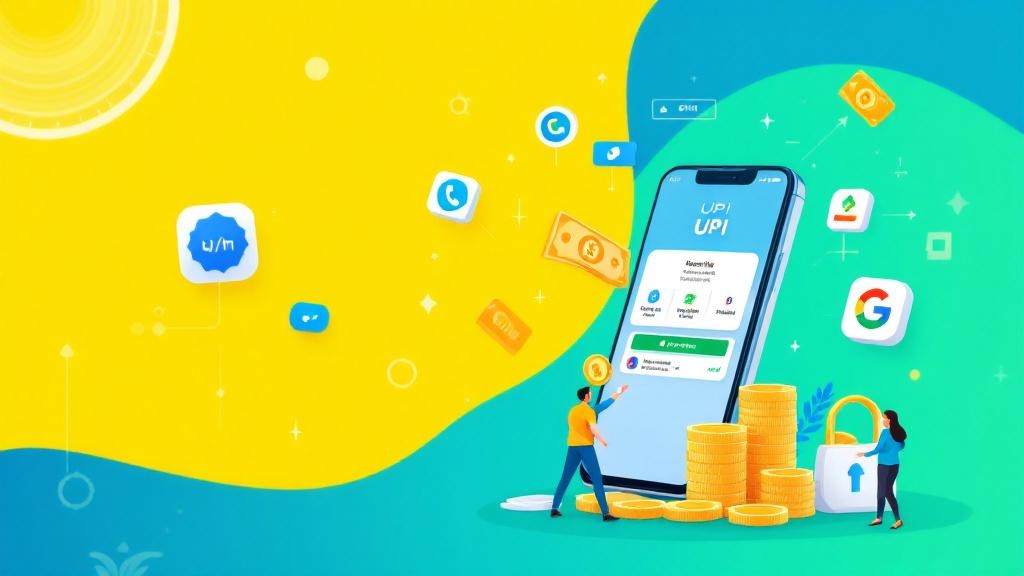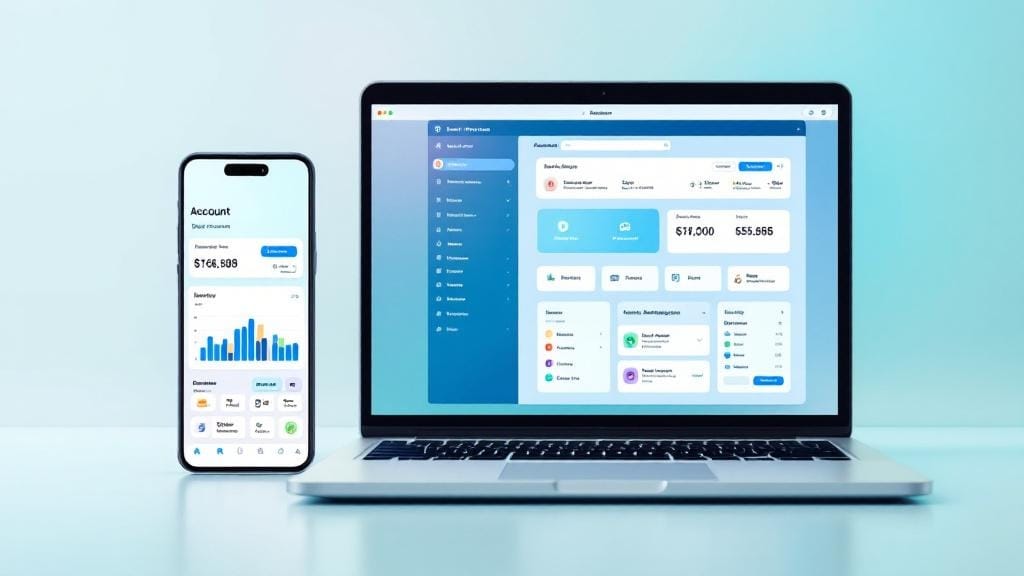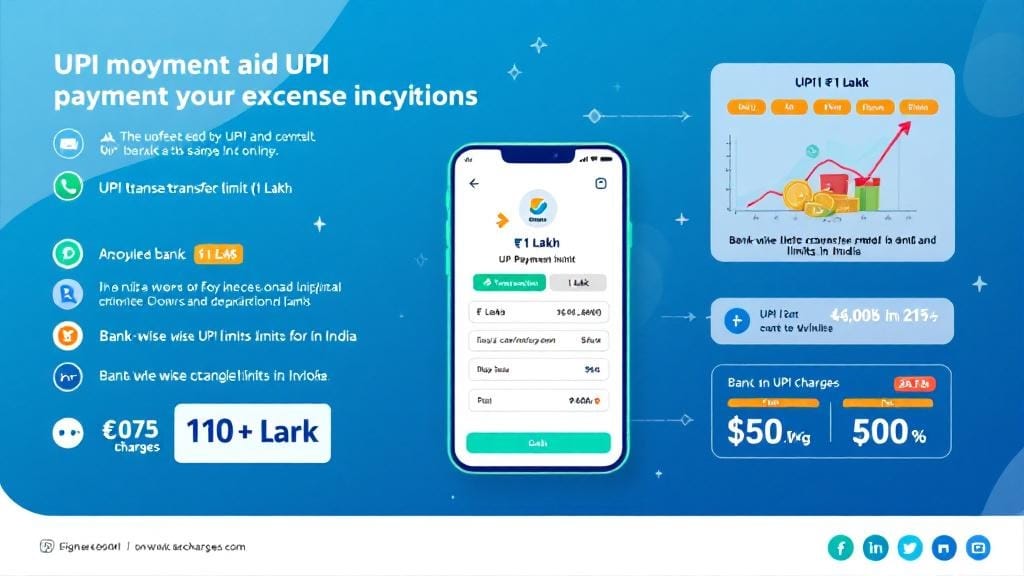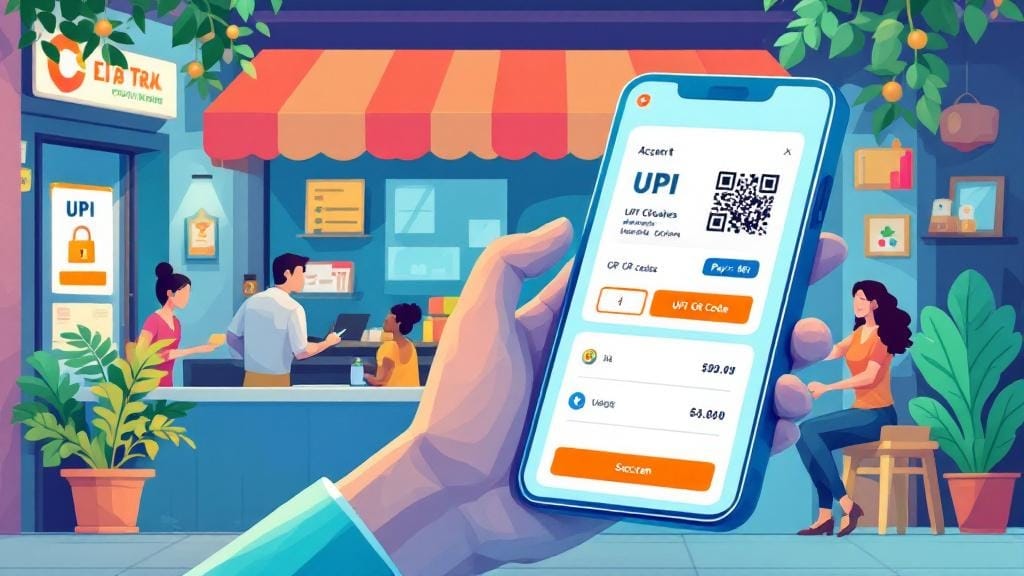In the world of digital payments, the UPI (Unified Payments Interface) has revolutionized the way we transfer money, pay bills, and even make online purchases. This cutting-edge payment system, launched by the National Payments Corporation of India (NPCI), has quickly become the backbone of India’s financial ecosystem. But what exactly is UPI, how does it work, and what benefits does it offer? In this article, we’ll dive deep into the world of UPI, exploring its meaning, benefits, history, and much more.
What is UPI (Unified Payments Interface)?
UPI Full Form: Unified Payments Interface
At its core, UPI stands for Unified Payments Interface. It’s a real-time payment system that allows users to transfer money instantly between bank accounts, 24/7. UPI enables seamless mobile banking, digital payments, and peer-to-peer transfers. Launched in 2016 by the Reserve Bank of India (RBI) and NPCI, Unified Payments Interface has dramatically simplified the process of making online money transfers and payments.
In a nutshell, UPI allows users to link their bank accounts with a unique identifier known as a Virtual Payment Address (VPA), which can be used to make payments without the need to remember long account numbers or IFSC codes.
How Does UPI Work?
UPI works as an interface that connects different bank accounts, making the transfer of money easier, faster, and more secure. Here’s how it functions:
1. Link Your Bank Account
To get started with UPI, users need to link their bank account to a Unified Payments Interface-enabled app. Apps like Google Pay, PhonePe, Paytm, and the government-backed BHIM App are popular choices. The bank account is linked to the user’s VPA (Virtual Payment Address), which serves as a user-friendly alias for the account number.
2. Initiating the Transaction
Once the account is linked, users can initiate a payment by entering the recipient’s VPA or mobile number. For peer-to-peer transfers or bank-to-bank transfers, you simply need to select the recipient and enter the transaction amount.
3. Transaction Authentication
After entering the payment details, the user is required to authenticate the transaction. This is done using a Personal Identification Number (PIN). This PIN acts as a security layer, ensuring that the transaction is authorized by the account holder.
4. Instant Transfer
Once authenticated, the payment is processed and transferred almost instantaneously. This real-time payment system eliminates the need for waiting for working hours or bank approvals.
5. Transaction Confirmation
Once the transaction is complete, both the sender and the receiver will get an instant confirmation message with the details of the payment.
UPI Benefits: Why is UPI So Popular?
There’s no denying that Unified Payments Interface has made a significant impact on digital payments in India. Let’s explore some of the key benefits that make UPI so popular among users:
1. Instant Payments
One of the major advantages of Unified Payments Interface is its ability to process real-time payments. Unlike traditional methods of transferring money, which may take hours or even days, UPI transactions are completed instantly. Whether you’re transferring money between friends or making an online purchase, Unified Payments Interface ensures that your payments go through without delays.
2. Ease of Use
The user-friendly interface of Unified Payments Interface-enabled apps makes transactions incredibly easy. You don’t need to remember long account numbers, IFSC codes, or other complicated details. Just use your VPA or mobile number, and the money transfer is complete in seconds.
3. Cost-Effective
Unlike other payment methods, UPI does not charge heavy transaction fees. Most UPI transactions are free of charge, although some banks may apply a small fee for certain services, such as fund transfers beyond a specified limit.
4. Security Features
UPI employs multiple layers of security to protect users’ sensitive data. The UPI PIN ensures that only the account holder can authorize transactions. Additionally, the system uses two-factor authentication, making it extremely difficult for unauthorized parties to access your account.
5. Available 24/7
UPI is available round the clock, meaning you can send or receive money anytime, anywhere. This is particularly beneficial for urgent payments or transactions that need to be completed outside regular banking hours.
6. Cross-Bank Transactions
UPI facilitates bank-to-bank transfers, making it easy to send money from one bank account to another, even if the accounts are with different banks. This eliminates the need for third-party payment processors and enables a truly seamless payment experience.
7. Cashless Transactions
UPI has contributed significantly to promoting cashless transactions in India. Whether you’re paying at a shop, transferring funds to family or friends, or paying bills, UPI has become a go-to solution for all your payment needs.
8. Support for Multiple Payment Methods
In addition to making peer-to-peer transfers, UPI supports multiple forms of payments, including bill payments, mobile recharges, and even ticket bookings. This makes UPI a versatile tool for all kinds of digital transactions.
UPI in India: A Game Changer for the Country’s Economy
UPI has been a game changer in India’s fintech landscape. It has empowered millions of Indians to embrace digital payments, which is crucial in the country’s goal to move towards a cashless economy. By enabling real-time payments, UPI has transformed the way people conduct financial transactions in India.
In 2020, India recorded over 5.5 billion UPI transactions, a figure that continued to grow in 2021 and beyond. Thanks to its user-friendly features, UPI has helped expand financial inclusion in India, giving people in both urban and rural areas access to easy digital banking services.
The History of UPI: From Vision to Reality
The concept of UPI was first introduced by the Reserve Bank of India (RBI) and National Payments Corporation of India (NPCI) in 2016, with the goal of making digital transactions faster, safer, and more accessible. UPI was developed as a real-time payment system that would replace outdated methods like IMPS (Immediate Payment Service) and NEFT (National Electronic Funds Transfer).
Over the years, UPI has evolved with multiple upgrades, such as the introduction of UPI 2.0, which added features like overdraft facility, bank-to-bank bill payments, and the ability to link multiple bank accounts under a single UPI ID. The ongoing development of UPI has ensured that it remains one of the most advanced and secure payment systems available.
UPI Registration Process: How to Set Up UPI on Your Phone
Setting up UPI on your phone is a straightforward process. Here’s a step-by-step guide to getting started:
1. Choose a UPI-Enabled App
First, download a UPI-enabled app like Google Pay, PhonePe, or BHIM App from your smartphone’s app store.
2. Register Your Mobile Number
Once the app is installed, open it and register using your mobile number. This mobile number should be linked to your bank account.
3. Link Your Bank Account
Next, you’ll be prompted to link your bank account to the app. Select your bank from the list of UPI-enabled banks, and enter your bank details.
4. Create Your UPI PIN
You’ll then be asked to set up a UPI PIN to secure your transactions. This PIN will be required whenever you make a payment.
5. Complete the Setup
Once the registration is complete, you’re ready to start using UPI for your digital payments!
UPI Transaction Limit: How Much Can You Transfer?
UPI allows users to transfer money quickly, but there are some transaction limits to keep in mind. The standard UPI transaction limit is ₹1 lakh per day, although individual banks or UPI apps may impose lower limits. Some banks may also allow users to set a custom limit based on their preferences.
For peer-to-peer transfers, there may be smaller limits imposed by the app or the bank, but for large transfers, UPI remains an excellent option for real-time payments.
UPI-Enabled Banks: Which Banks Support UPI?
Most major banks in India support UPI transactions. Some of the leading UPI-enabled banks include:
State Bank of India (SBI)
ICICI Bank
HDFC Bank
Axis Bank
Kotak Mahindra Bank
Punjab National Bank (PNB)
In fact, most of the top fintech apps are now partnered with UPI to facilitate easy transactions for their users.
Frequently Asked Questions (FAQs) about UPI
1. What is UPI meaning?
UPI (Unified Payments Interface) is a real-time payment system that allows users to transfer money instantly between bank accounts using their mobile phone.
2. How does UPI work for money transfers?
UPI works by linking a user’s bank account to a unique Virtual Payment Address (VPA), enabling seamless peer-to-peer and bank-to-bank money transfers.
3. Can UPI be used for online money transfer?
Yes, UPI is widely used for online money transfers, such as bill payments, mobile recharges, and even e-commerce purchases.
4. What are the benefits of UPI payment system?
UPI offers benefits like instant transfers, low transaction costs, easy-to-use interfaces, 24/7 availability, and enhanced security








Comments (0)